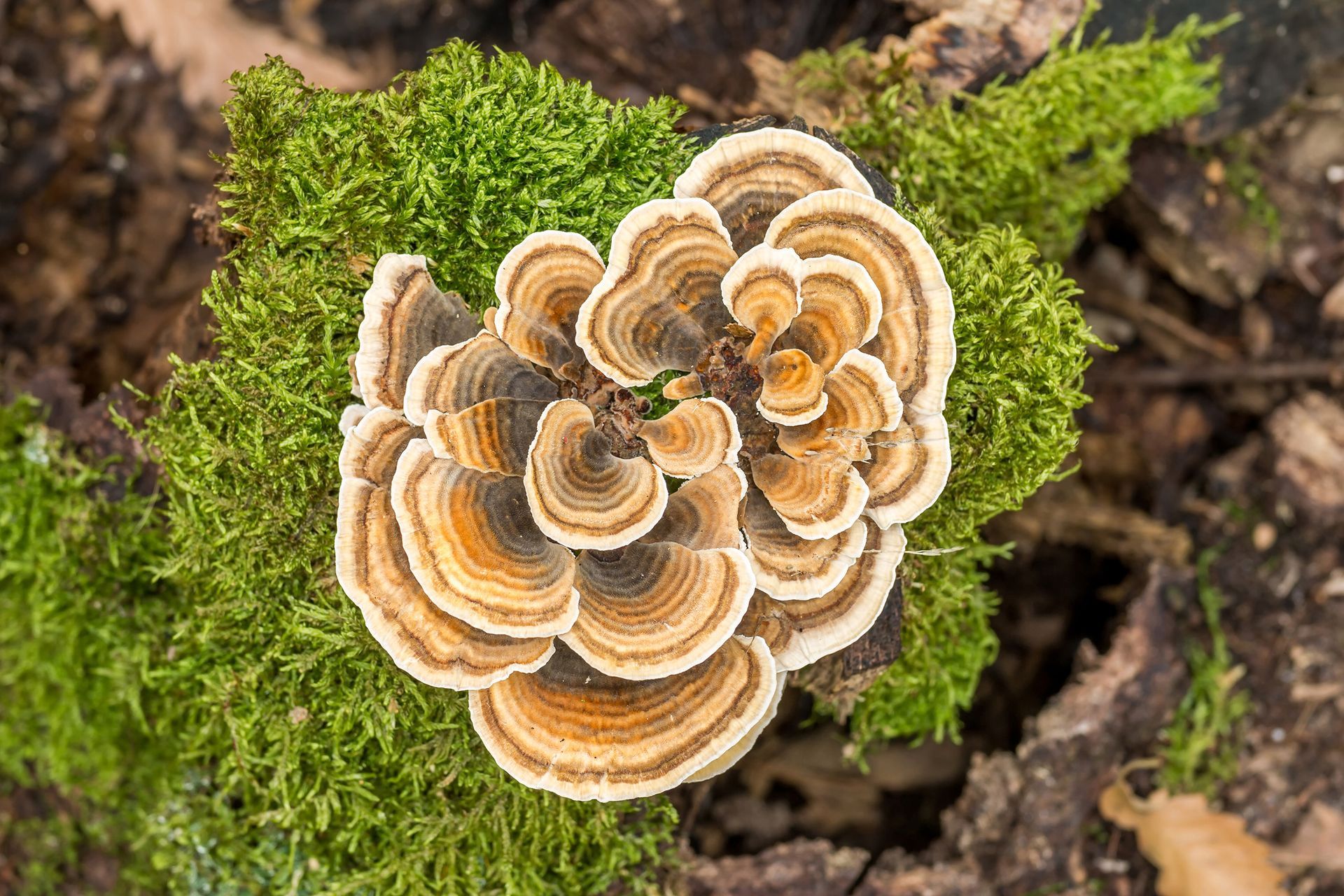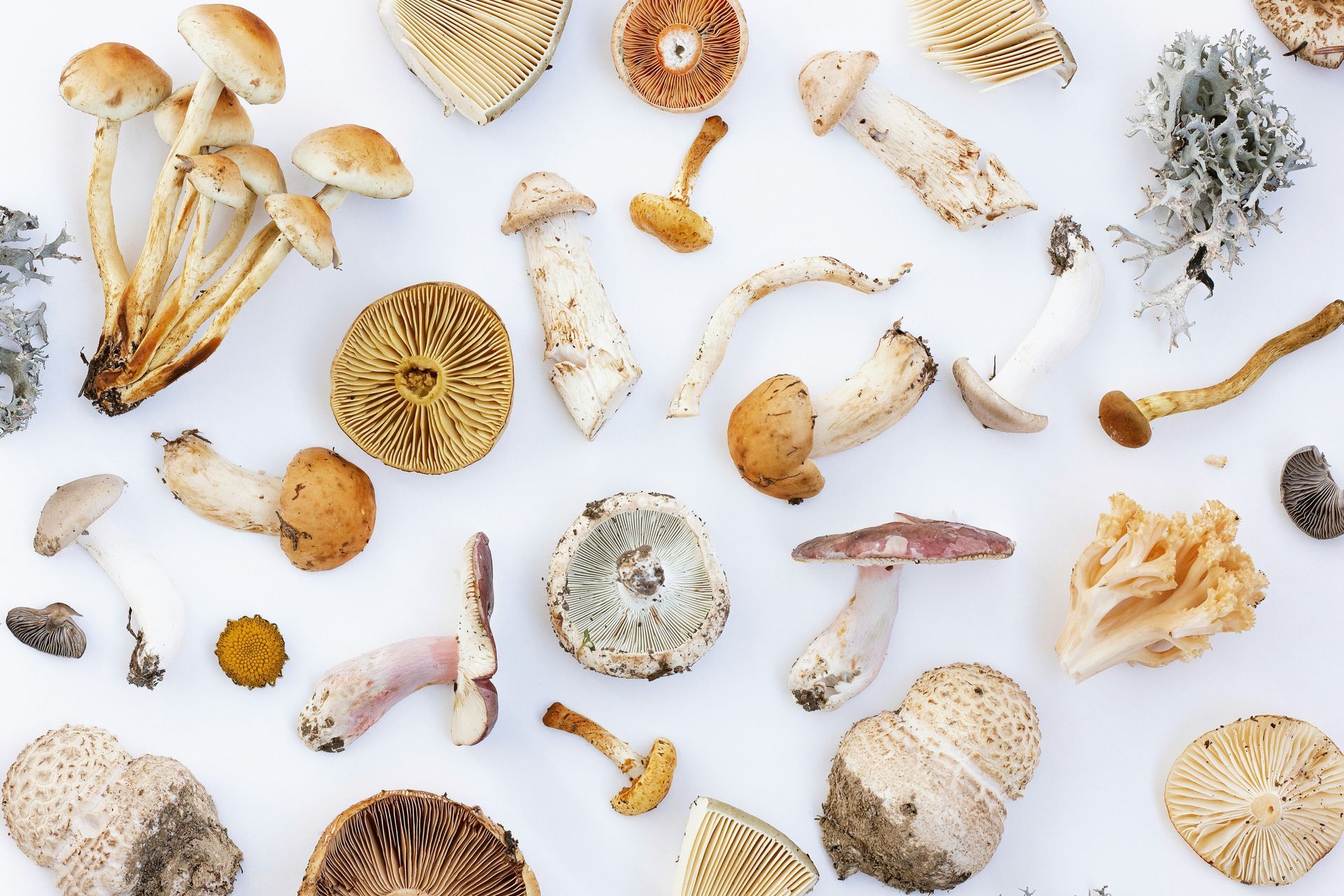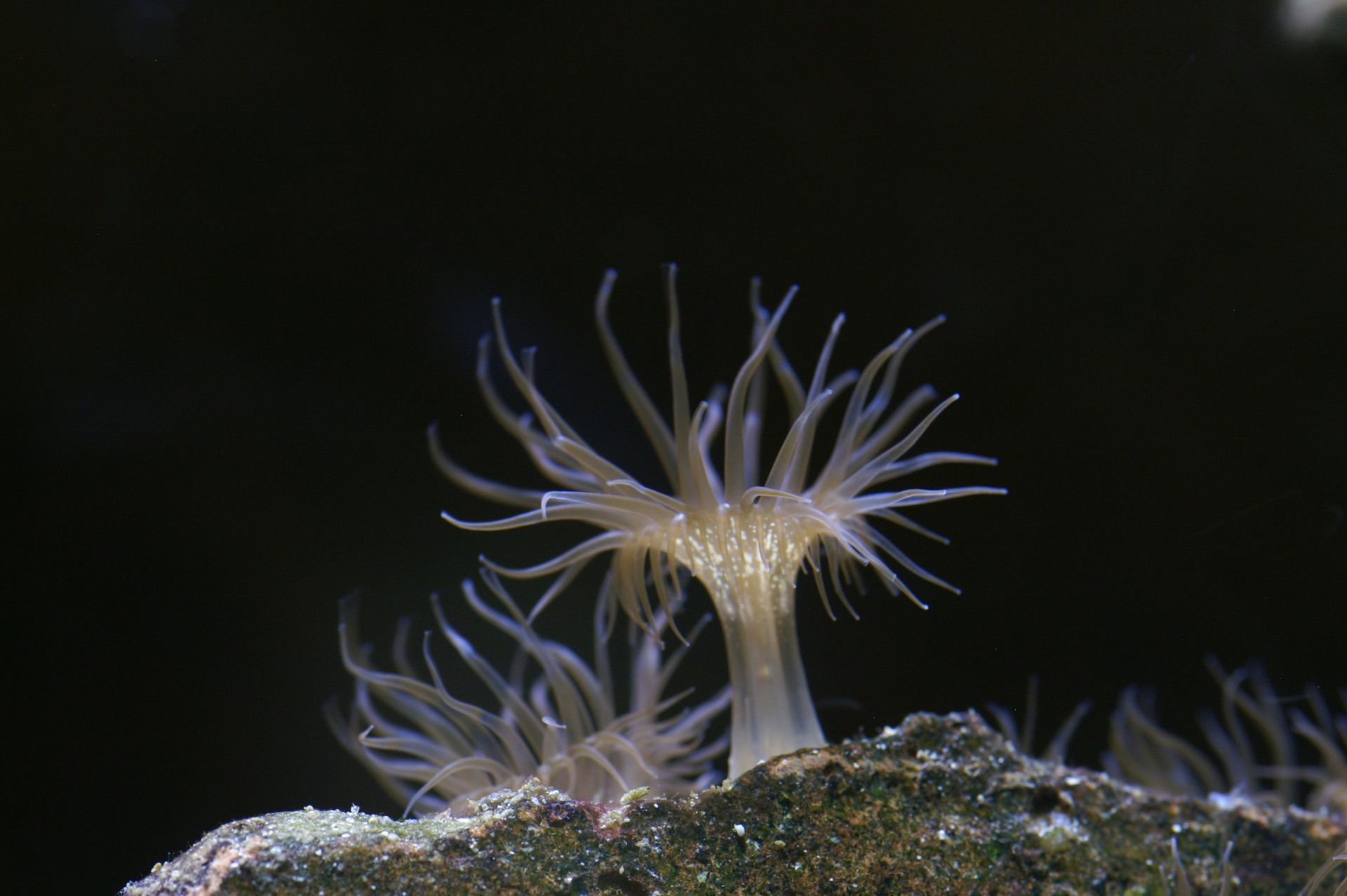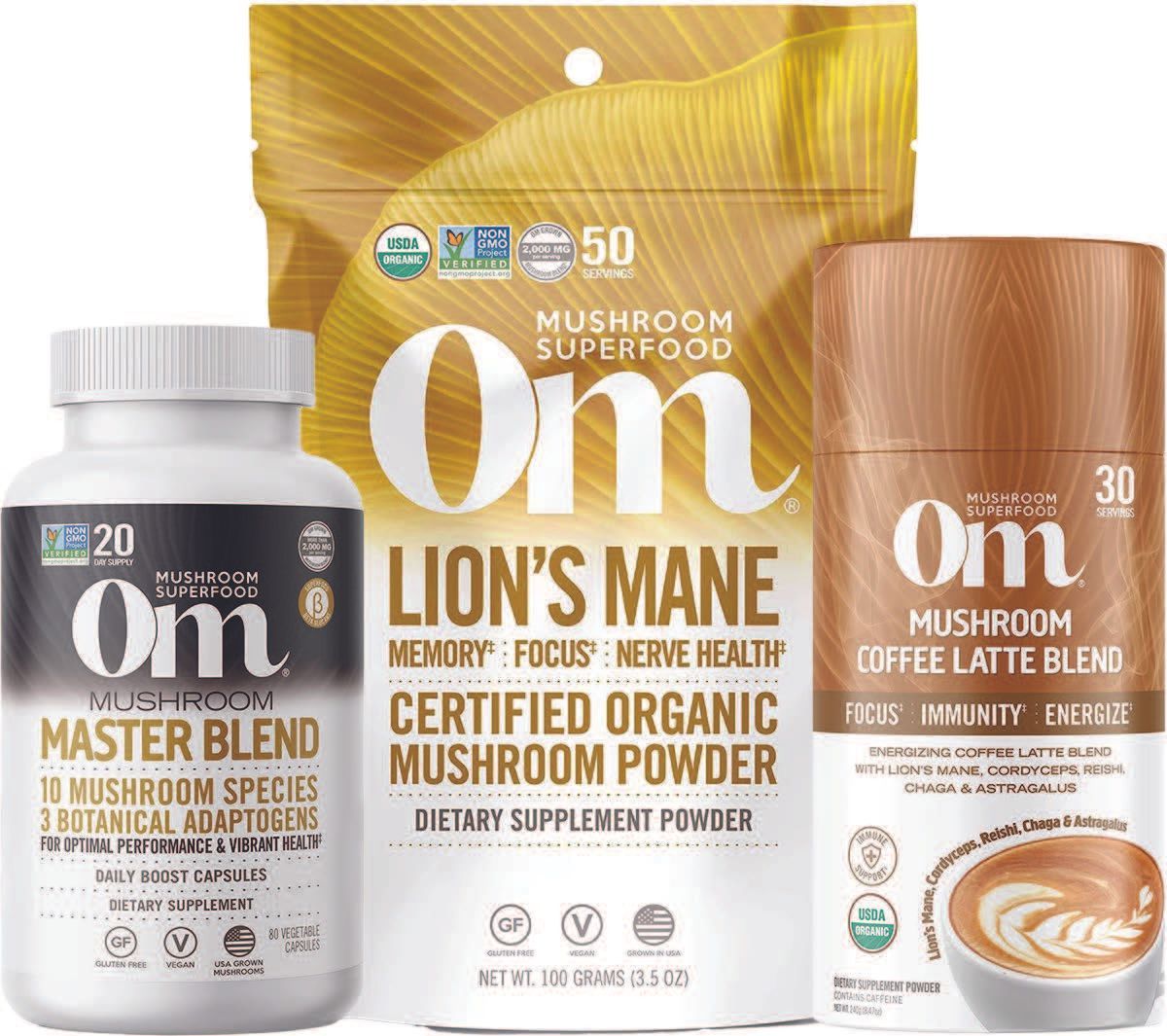Mycelium: What Is It and Why Is It So Important?
Superfood mushrooms are finally getting their due. Research from the past decade has shown many health benefits to consuming functional mushrooms such as Reishi, Cordyceps and Lion’s Mane for immune support. However, as we see an increase in products coming out on the market, there’s one essential piece that often gets left behind: the mycelium. Read on to learn what mycelium is, its numerous benefits and nutrition-rich profile and how to find the products that contain mycelium.

What Is Mycelium?
The above-ground part of the mushroom is called the fruiting body, while the root system of the mushroom is called the mycelium. Composed of a dense mass of fine, thread-like filaments of tissue called hyphae, the mycelium is an essential part of the life support system for the fungus. These threads naturally extend into the soil, plant matter, wood and other materials to pick up water and nutrients and bring them back to the “mothership.” To do so, the mycelium first excrete enzymes to break down the substrate around them — whether it’s a fallen log, plant matter on the forest floor or nutritious substrates used in indoor cultivation, such as organic oats or rice — into a digestible size so that they can be absorbed through the mycelium’s cell wall. These bite-sized nutrients can then travel up to the fruiting body and be exchanged for important sugars made via photosynthesis.

Out of Sight, Out of Mind
The long, microscopic fibers of the mycelium are the most bioactive stage of the mushroom’s lifecycle (without the mycelium, there would be no mushroom) and form an underground network that doesn’t just serve to feed the mushrooms on the surface. Research has shown that they also form a communication network with other plants and work symbiotically to facilitate the exchange of nutrients and sugars all over the forest. This beautiful interconnectivity is often referred to as the “wood wide web,” and ensures the health not only of the mushrooms but of the entire ecosystem.

Why Is It So Important?
While, clearly, the distribution of resources all over the forest is an important function of mycelium, it’s not the only benefit. Research has also shown that mycelial networks can prove effective for reducing competition of invasive species as well as for supporting the host plant’s immune system via bioactive compounds found only in the mycelium. It also acts as the defense mechanism that enables the mushroom to thrive, and the mycelium subsequently supports our immune system functionality when we incorporate whole food mushrooms containing mycelium into our diet.
This has important implications for our own use of these mushrooms. Many products on the market focus almost exclusively on the high ratio of beta-glucans for immunomodulation as a primary function of mushrooms. While beta-glucans are indeed an incredible part of the fruiting body of a superfood mushroom, research shows that using a full-spectrum alternative found in whole food functional mushrooms has much more profound and long-term beneficial in supporting multiple aspects of health.
Full Spectrum Benefits, Beyond the Beta-glucans
The benefits of mushroom superfoods extend much farther from just the beta-glucans. The myriad of complex polysaccharides, polyphenols, vitamins, minerals, prebiotics and digestive enzymes within the mycelium are essential pieces of the way functional mushrooms interact with our own systems.

The mushroom species in Om Mushroom Superfoods products are grown on a substrate of certified organic, gluten-free whole oats, and over the course of the mushrooms’ growth, become nutritional powerhouses rich in bioactive nutrients. Om grows all their own mushrooms through their entire lifecycle, including the mycelium, primordia (baby mushrooms), and fruiting body stages to produce a nutrient-dense, full-spectrum product that has wide-ranging benefits for everyday health and wellness. You can find Om superfood mushrooms at both Marlene’s locations.
Kristin Henningsen MS, RH (AHG), RYT, is a clinical herbalist and educator who first fell in love with plants in the desert southwest. She’s passionate about bringing plant medicine back to the people, integrating Western Herbalism, TCM, and Ayurvedic practices to empower folks in their healthcare. She maintains a private clinical practice and serves as faculty for several University programs.









